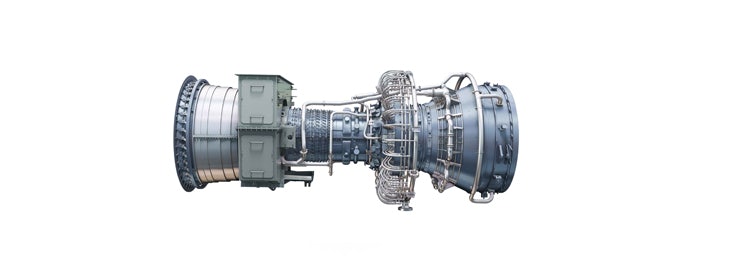Installations < 50 MW represent a very large group, varying in power, structure, and function. The work methodology and requirements will also differ greatly depending on the type of installation, the available instrumentation, and the risk/failure factor of the specific installation. For convenience, we distinguish between four groups: ball bearing machines without monitoring systems, ball bearing machines with monitoring systems, plain bearing machines without monitoring systems, and plain bearing machines with monitoring systems.
To determine the risk or failure factor, calculations can be made. Frequent malfunctions can be discussed with a maintenance company, and a permanent solution can be sought to reduce the failure rate.
Ball bearing machines without monitoring systems
- Low risk: periodic measurements with a data collector at a low interval
- High risk: periodic measurements with a data collector at an increased interval
Ball bearing machines with a low risk are usually measured at a low interval because damage can be detected at an early stage. For installations with an increased risk, a higher interval is used to detect potential damage early, build a trend, and determine the optimal time for maintenance where possible through corrective actions. The aim is to maximize the service life of the installations. The detected damage must be evaluated to determine the source. This can range from a visual inspection to a detailed bearing analysis, including lubricant analysis.
Ball bearing machines with monitoring systems
- Low risk: periodic measurements with a data collector at a low interval, including data from the monitoring system
- High risk: periodic measurements with data analysis at an increased interval, including data from the monitoring system
If a monitoring system is present on ball bearing machines, this data will be used to determine if there are process-related influences affecting the vibration behavior of an installation. Based on the findings from this data, a different measurement methodology can be applied if necessary. In this case, the timing of changes due to the process must be monitored with a data analysis system. If a machine is classified as high risk, an appropriate amount of data is required for a proper analysis.
If a ball bearing machine is monitored with a monitoring system, this data can be crucial for identifying changing machine behavior under varying process conditions. When changes are detected, they should be recorded using a data analysis system that incorporates these changes. This way, it can be determined whether the changes compromise the reliability of the installation. It can also be determined whether the machine poses a risk, and whether the chosen interval needs to be adjusted.
Plain bearing machines without shaft vibration/monitoring system
- Low risk: periodic measurements with a data collector at a normal interval, including periodic oil analysis
- High risk: periodic measurements with a data analysis system at an increased interval, including periodic oil analysis
Measurements on a plain bearing machine provide very limited information because the mechanical path of the generated vibrations is highly damped by the plain bearings. Conducting periodic oil analyses is very valuable in these cases as it can detect wear of the white metal. It is possible that a plain bearing, despite very low vibration levels, is still experiencing wear due to inefficient lubrication. When a machine is classified as high risk, it is highly desirable to collect a larger amount of data for a better analysis.
Plain bearing machines with shaft vibration/monitoring system
- Low risk: periodic measurements with a data collector at a low interval, including data from the monitoring system
- High risk: periodic measurements with a data analysis system and data collector at an increased interval, including data from the monitoring system
When a fixed monitoring system is present with shaft vibration probes, an effective analysis can be performed when this data is also analyzed. This way, the shaft position in a bearing can be efficiently monitored, and plain bearing wear can be detected at an early stage. By conducting measurements on high-risk installations with a data analysis system, orbit measurements can be performed and analyzed. This data analysis can detect changing machine behavior at an early stage, allowing corrective actions to be planned.
Photo: General Electric (GE) LM2500

